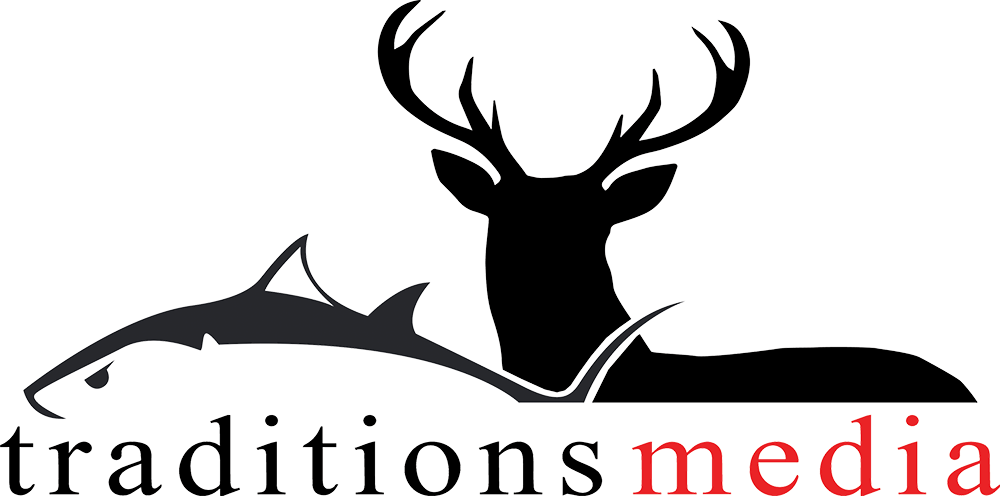Park Falls, WI (June 9, 2017) – One of the most prolific inshore species available to anglers on any coast, spotted sea trout come in two varieties: eaters and gators. Eater trout – those measuring in the fifteen-inch range – are extremely popular game fish, due to their affinity to gather in big schools and chase down numerous lures. Gator trout, however, are a whole different ballgame.
After moving to Florida a few years ago, I quickly realized that targeting big trout required an entirely different approach than chasing their younger family members. As I continue to fish and learn the ways of the trophies of the species, I’m amazed at how little information is readily available about this aspect of inshore fishing.
A case in point: most resources suggest moderate-sized artificial lures, like imitation shrimp, for sea trout of any size. Yet, on numerous occasions, I’ve had big gators run down and attempt to swallow smaller “keeper” trout while I’ve reeled them in. That, along with an affinity to pursue over-sized specimens of any fish specie, has pushed me in a direction of developing my own theories on inshore trout tactics.
Studies confirm my suspicion: as sea trout grow larger, their diets shift from small crustaceans to almost exclusively fish – the bigger the better. Mullet are a favorite, as are pinfish and croakers, so fishing tactics should follow this transition.
Livebaits have become preferred for targeting big fish, but not without challenges. First off, it’s important have good bait; this often includes many different species of baitfish, and collecting such requires a sizable time investment. Pinfish are readily available just about anywhere in most inshore waters – small ditches and channels are favorite hangouts – and can be caught using cane-pole tactics with small pieces of shrimp. Mullet require the use of a cast net in most circumstances; I’ve found a Fitec Super-Spreader net to be dramatically easier to throw than any other brand. Target mullet on the edges of sand flats, dropping into deeper water.
Once some big bait’s in the livewell, it’s time to find gator water. While it’s common to find schools of smaller trout in deeper channel areas adjacent to shallow flats, trophy trout seem to spend more time around subtle depressions and breaks than textbook areas. Perhaps these big fish are more solitary hunters than their smaller counterparts, which have a tendency to feed with the changing tides. In any case, if you’re catching large numbers of eaters, a change of areas is usually required to find gators.
Most of my fishing is done in super-skinny water along Florida’s east coast – heavily pressured areas with tough fish. Fishing these small, shallow areas requires a great deal of stealth and patience. Here, I’ve found my own freshwater tendencies to need adjustment. Whereas most run-and-gun bass fishing tactics serve a universal purpose in freshwater, inshore species often require a slower approach. For big trout, I move into an area as quietly as possible, put the Talon down, and wait.
As things settle down, it’s important to assess the area and pick out key spots where trout may be on the hunt. Flooded oyster bars or current-swept mangroves are always worth a shot, but don’t overlook inconspicuous areas. If an area or flat is relatively shallow throughout, with one washout or depression that’s just a foot deeper than everything else, that spot can be key, especially at low tide.

Before the first cast is made, it’s important to select proper tackle. Again, comparing to my freshwater roots, line and hook size should be greater than what’s considered routine. With a mainline of 20-pound braid, I attach a long leader of 25-pound test fluorocarbon – it’s my only hope against razor-sharp oyster bars – and tie on a 5/0 to 7/0 VMC circle hook that’s super strong. There’s no need for additional weight, but occasionally a small float helps keep track of a hard-swimming mullet.
Once silently anchored down on a potential hotspot, it’s important to lob the baits delicately toward the target. However, once a fish is hooked, any delicacy is immediately tossed aside, as big inshore fish don’t play nice. Here, the proper rod becomes key to the equation.

St Croix’s Mojo Inshore rods perfectly fit the bill for gator trout hunting. The rods themselves are workhorses, covered in a double layer of finishing cure and backed by a five-year warranty. But durability doesn’t come at the sacrifice of quality. Mojo Inshore models are built from SCII graphite, ensuring sensitivity and lightness in hand, and contain major hardcore components, including nearly indestructible, corrosion-proof guides and Fuji reel seats.
Longer models aid in casting, hooksets and moving big fish away from cover; the 7’6” medium-heavy Mojo Inshore is perfect. Remember, when using circle hooks, it’s best to simply sweep the rod sideways on the hookset while reeling quickly. Then, the real fun begins.
Once your trophy trout is boat-side, be sure to handle it carefully. Warm summertime water temperatures leave these fish compromised after a fight, and many released trout actually die. For that reason, keep them in the water as long as possible, and rely on a conservation-style Frabill net to reduce removing a trout’s slime coat. Remember, there are two categories of trout; release the gators, and keep the eaters. Giant spotted trout are very rare and always females; to release them in a healthy state ensures a future of pursuits for us all.


